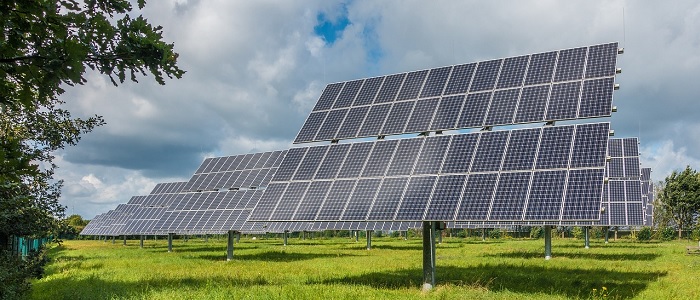Investing in renewable energy has become increasingly attractive as the world shifts towards more sustainable power sources. The American market, in particular, presents a vast array of opportunities for investors looking to capitalize on this green revolution. By considering the growth potential in this sector, investors can tap into profitable ventures while contributing to global environmental goals.
In this blog post, we will delve into the investment opportunities in the American renewable energy market and examine trends and potential risks. We aim to provide a comprehensive guide for investors eager to enter or expand within this prosperous market.
Understanding the American renewable energy landscape

The American marketplace is uniquely positioned to lead the charge in the shift toward renewable energy. With vast natural resources and technological advancements, the U.S. has the potential to significantly reduce its carbon footprint. This environmental focus has led to increased government support, including incentives, tax breaks, and policies aimed at fostering growth in the renewable sector.
Electricity demand is rising consistently, and renewable energy platforms provide a viable solution to meet this demand sustainably. Key contributors to the growth include wind farms and solar plants, which have seen considerable advancements in both efficiency and cost-reduction. Furthermore, the decentralized nature of renewable systems allows for a broader base of small and medium investors to enter the market.
Government policies and incentives
Federal and state governments in the United States have shown considerable support for renewable energy projects. The policies and incentives enacted have been vital in encouraging investment by reducing financial risks and providing economic rewards. Programs such as the Investment Tax Credit (ITC) and Production Tax Credit (PTC) have spurred growth in solar and wind projects across the nation.
These policies not only enhance the financial viability of projects but also ensure steady returns for investors. On a state level, renewable portfolio standards and mandates require utility companies to source a certain percentage of power from renewable resources. This demand further stimulates market activity and investment opportunities.
Technological advancements and innovation
The renewable energy sector has benefited from rapid technological advancements, leading to increased efficiency and reduced costs. Innovations in solar panel technologies, battery storage, and wind turbine designs have significantly enhanced performance, making these options more appealing to investors. With a focus on sustainability and efficiency, these advancements enable renewable sources to compete effectively with traditional energy forms.
Furthermore, emerging technologies such as smart grids and energy management systems provide additional investment avenues. These innovations allow for better integration of renewable sources into the existing energy infrastructure, enhancing reliability and reducing waste. As technology continues to evolve, it opens up new opportunities for investment in research and development, as well as in companies leading these innovations.
Navigating investment opportunities
Direct investment in renewable energy projects, such as solar farms or wind turbine facilities, offers investors the chance to engage directly with the production of clean energy. This form of investment allows for potential ownership stakes or revenue-sharing models, enabling investors to earn returns based on the performance and output of these projects.
Alternatively, investors can gain exposure to the renewable sector through financial instruments. Exchange-traded funds (ETFs) and green bonds provide diversification, reducing risks associated with individual project investments. These instruments allow investors to access a broad spectrum of renewable energy stocks or bonds from companies actively contributing to the sector’s growth.
Risk assessment in renewable energy investing
Like any investment, with renewable energy comes a set of risks that must be carefully managed. Market volatility, fluctuating government policies, and technological changes can impact returns. It is essential to conduct thorough due diligence and risk assessments. This process includes understanding the specific risks associated with each renewable sector, whether it be solar, wind, or bioenergy.
Investors should also consider geographic location as a factor in potential risks. Projects in regions prone to natural disasters may face operational challenges that could affect performance. Likewise, policy changes at the state or national level can influence the regulatory environment and directly impact profitability. Diversification across multiple projects and locations is one strategy to mitigate these risks.
The future outlook for American renewable energy
The future of renewable energy in the United States looks promising, with continued growth expected across various sectors. As technology advances and economies of scale are realized, the cost of renewable energy production will continue to decline, making it a more attractive option for both consumers and investors. Additionally, increasing societal demands for sustainable solutions and lower carbon footprints will drive the adoption of clean energy.
Government initiatives aimed at achieving carbon neutrality by mid-century provide further market stability and growth potential. This political commitment enhances the long-term viability of renewable energy investment and signals an unwavering market trajectory towards sustainability. Investors who position themselves strategically within this evolving landscape can expect to benefit from the sector’s promising trends.
